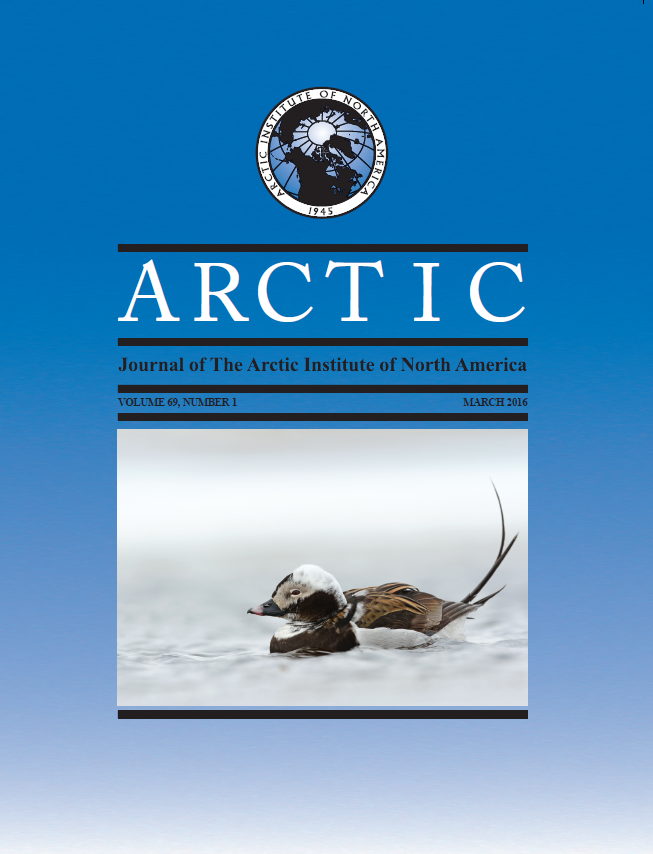Regional Patterns of Fish and Wildlife Harvests in Contemporary Alaska
DOI:
https://doi.org/10.14430/arctic4547Ключевые слова:
Alaska, subsistence fishing, subsistence hunting, harvest monitoring, food securityАннотация
Subsistence harvests of fish and wildlife play a vital role in the economies and ways of life of rural Alaska communities. State and federal laws establish a priority for subsistence over other fishing and hunting. These laws recognize that the economic, cultural, and social role of subsistence fishing and hunting is not uniform across Alaska: federal law limits eligibility to rural residents, and state law, while allowing all state residents to participate, requires the identification of nonsubsistence areas where subsistence fishing and hunting are not permitted. But defining “rural Alaska” and “nonsubsistence areas” sparked decades of political debate and litigation. A review of nonsubsistence areas by the Alaska Joint Board of Fisheries and Game in 2013 resulted in updated estimates of noncommercial fish and wildlife harvests. Comprehensive data from systematic household surveys in 198 rural communities provided a basis for estimating harvest levels and trends at census-area and statewide levels and crucial input to board deliberations. In 2012, rural Alaska harvests averaged 134 kg/person, while urban Alaska harvests averaged 10 kg/person. The statewide rural harvest was 26% below an estimate for the 1980s, but changes varied by region. Throughout the Arctic and Subarctic, factors shaping subsistence harvests include development, the rising costs of living, shifting resource populations, regulations, climate change, and cultural change. Understanding the vulnerability and adaptability of northern communities requires monitoring of subsistence harvests through annual programs and periodic comprehensive community studies.Скачивания
Данные скачивания пока недоступны.
Загрузки
Опубликован
2016-03-01
Выпуск
Раздел
Articles


